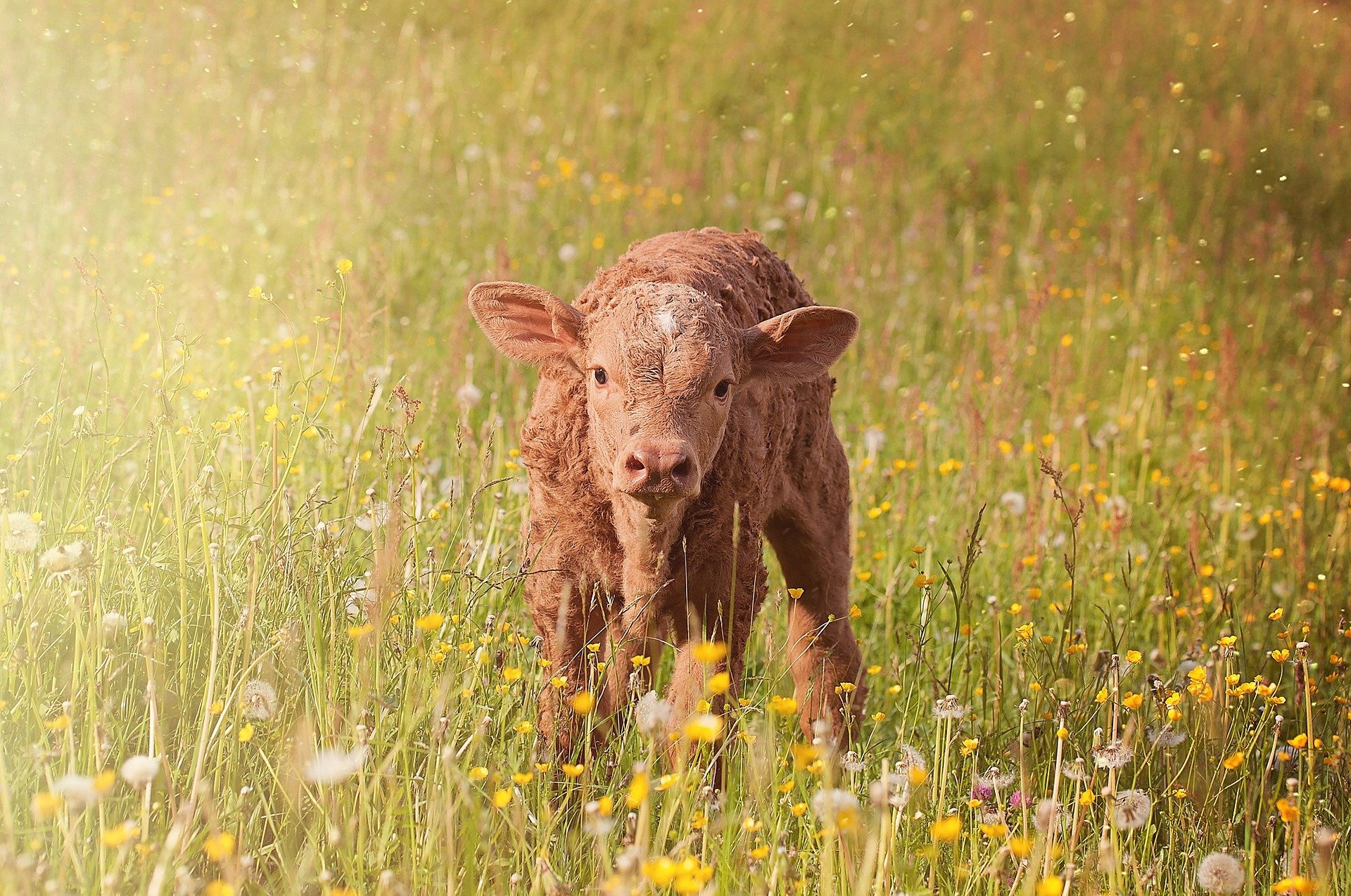Schmallenberg Virus Update - June 2021

Schmallenberg Virus in calves born to imported dams is a possibility.
Last month, a private veterinary surgeon in South West Scotland performed an on-farm postmortem examination of a bovine foetus with torticollis and arthrogryposis. The dam of this foetus had been imported from Germany one month earlier. Diagnostic testing was performed with the following results:
- Dam blood was positive for antibodies to Schmallenberg Virus (SBV)
- Neuropathology was typical of SBV teratogenesis, towards the end of the risk period of 30 to 150 days gestation
- Cerebellum was negative for SBV RNA by PCR but this does not negate the diagnosis
The dam of the affected calf would likely have been infected with SBV between September 2020 and January 2021 and would not have been viraemic at the time of importation. The time of importation (mid-April) would not be considered within the vector period and this year temperatures in April were lower than average. The importation of these heifers therefore represents a low risk of introduction of SBV to the area. Surveillance will however continue on the affected farm.
No other cases of congenital deformity in calves or lambs due to in-utero SBV infection have been confirmed in Scotland this year. However, APHA have seen small numbers of SBV malformations in calves and lambs this year and some evidence of virus circulation last autumn.
Practitioners are reminded that congenital malformations due to SBV in calves born to imported dams is a possibility and may result in calving difficulties. Although SBV serology may be of interest and help inform decisions at calving, titres can persist for several years therefore a positive result is not necessarily indicative of recent infection. Please also be aware of the risk of introducing bluetongue virus, further information can be found on the governments website.
Please get in touch with your local disease surveillance hub if you have suspect cases of either congenital malformations due to SBV or acute SBV infection.
If you suspect congenital malformation due to SBV please either submit the full foetus for postmortem examination or contact your local disease surveillance hub to discuss on-farm sampling. Dam serology, a piece of umbilicus and an amniotic fluid sample (see below) are very useful, easy samples to take along with a photograph of the affected calf.
If you suspect acute disease due to SBV with a cluster of cases of significant milk drop, pyrexia, with or without diarrhoea we would suggest that you sample up to 6 affected animals. Please collect EDTA bloods for PCR testing and clotted blood samples for paired serology with convalescent sample collected three weeks later.
Posted by SRUC Veterinary Services on 25/06/2021
